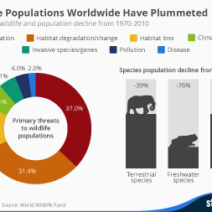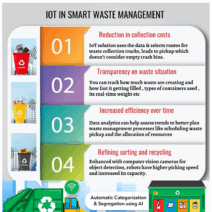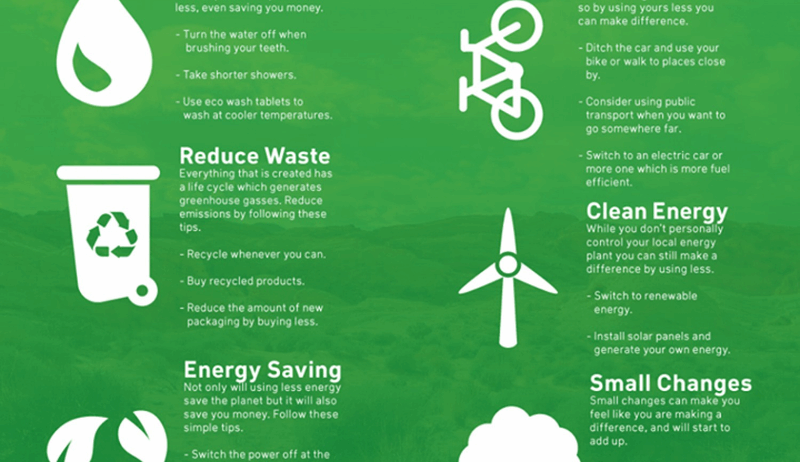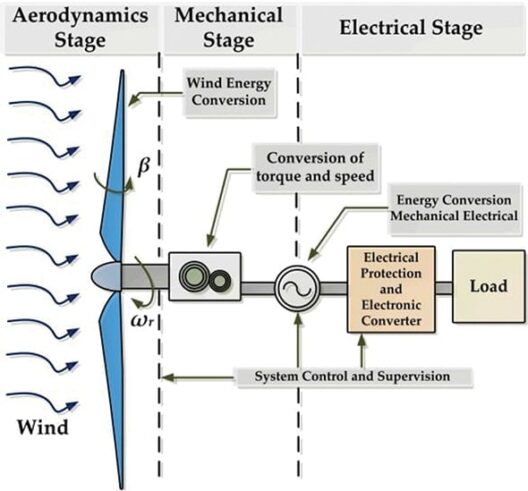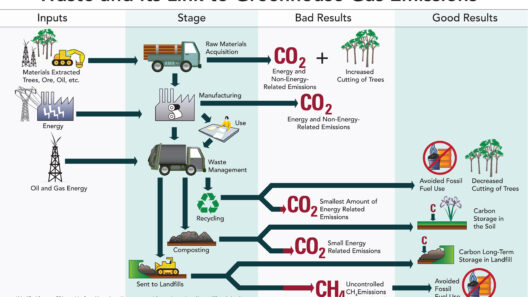Climate change is a pressing and multifaceted issue that reverberates through every corner of our planet. The evidence is irrefutable: rising global temperatures, melting glaciers, and increasingly severe weather events all point to a climate crisis that demands immediate action. Addressing this phenomenon requires a comprehensive approach that encompasses individual actions, community initiatives, and global policies. This article will explore actionable solutions that matter in the fight against climate change.
One crucial aspect of mitigating climate change lies in shifting our energy production from fossil fuels to renewable sources. This transition is not merely necessary—it is imperative.
Harnessing Renewable Energy Sources
Renewable energy is the cornerstone of a sustainable future. Solar, wind, hydroelectric, and geothermal energy offer cleaner alternatives to coal, oil, and natural gas. Not only do these resources significantly reduce greenhouse gas emissions, but they also promote energy independence and economic growth.
Solar energy, in particular, has witnessed remarkable advancements in technology and affordability. Photovoltaic cells are becoming increasingly efficient, making solar panels a practical investment for both residential and commercial properties. Governments and organizations worldwide are incentivizing the adoption of solar energy through tax credits and subsidies, mitigating the initial costs of installation and boosting the overall economy.
Wind energy, another key player in the renewable sector, has established itself as a leading force in the quest for a clean energy future. Offshore and onshore wind farms harness natural currents to generate electricity. Technological innovations, such as larger turbine blades, have made capturing wind power more effective, resulting in a significant reduction in construction and operational costs.
The urgency of transitioning to renewable energy cannot be overstated. By embracing these sustainable options, we not only curtail our reliance on fossil fuels but also pave the way for a robust green economy.
Enhancing Energy Efficiency
While switching to renewable energy is essential, improving energy efficiency is equally important. By optimizing the energy we use, we can dramatically reduce our carbon footprint. This approach involves various strategies that can be implemented at both the individual and corporate levels.
One of the simplest and most effective methods for enhancing energy efficiency lies in retrofitting buildings. Insulation improvements, energy-efficient windows, and smart thermostats can significantly decrease energy consumption and lower utility costs. For instance, a well-insulated home can maintain comfortable temperatures, reducing the reliance on heating and cooling systems. This not only translates to savings on energy bills but also minimizes the overall demand for energy.
Incorporating energy-efficient appliances is another critical measure. When purchasing appliances, consumers can opt for those rated by the ENERGY STAR program, which signifies compliance with energy efficiency guidelines set by the Environmental Protection Agency (EPA). Upgrading outdated equipment can yield substantial energy savings and foster a culture of sustainability. Furthermore, industries can embrace energy management systems to monitor and optimize energy use, thereby achieving systemic efficiencies.
A commitment to energy efficiency is pivotal for creating a sustainable future, as it inherently leads to reduced emissions while maintaining economic viability.
Revolutionizing Transportation
The transportation sector represents a significant contributor to greenhouse gas emissions. Transitioning to sustainable modes of transport is a vital aspect of mitigating climate change. Major steps in this direction involve promoting electric vehicles (EVs), enhancing public transport systems, and encouraging active transportation.
Electric vehicles are proving to be an effective solution to reduce carbon emissions significantly. As battery technology advances, the range and affordability of EVs continue to improve, making them a practical option for an expanding consumer base. Furthermore, policies supporting EV infrastructure development—such as charging stations—are becoming increasingly prevalent in many urban areas.
Simultaneously, investing in public transportation systems reduces the number of cars on the road. Well-designed bus and rail networks offer an efficient alternative to personal vehicles, reducing traffic congestion and lowering emissions. In cities around the globe, innovative solutions like electric buses and bike-sharing programs are further supporting the shift towards more sustainable transit options.
Active transportation—walking and cycling—thus emerges as one of the most accessible solutions. By improving infrastructure such as bike lanes and pedestrian pathways, cities can foster a culture of active commuting that promotes public health while lessening our environmental impact.
Empowering Communities and Individuals
Individual actions and community initiatives play a crucial role in the broader narrative of climate change mitigation. Empowering citizens to be informed and active participants in climate initiatives is essential for meaningful progress.
Grassroots movements have demonstrated their capability to drive change at local and global levels. Community-led initiatives, such as tree planting drives and local cleanup events, not only enhance the environment but also foster camaraderie among participants. In fostering a sense of community ownership over local ecosystems, these efforts can galvanize widespread support for sustainable practices.
Education also holds the key to empowering communities. By increasing awareness of climate issues, individuals can make conscious choices that prioritize sustainability. Workshops, seminars, and informational campaigns can inspire people to reduce waste, recycle effectively, and advocate for policy changes.
In addition, collaborating with local businesses to promote sustainable practices can lead to wider acceptance of eco-friendly alternatives. Initiatives such as farmers’ markets, zero-waste stores, and local sustainability branding can help nurture community engagement and drive economic development.
In conclusion, the intricate challenge of climate change necessitates an all-encompassing approach that demands action across multiple fronts. By committing to renewable energy, enhancing energy efficiency, revolutionizing transportation, and empowering communities, we can devise comprehensive solutions that make a tangible difference. The time for action is now, and by coming together as individuals and societies, we can usher in a sustainable future for generations to come.
